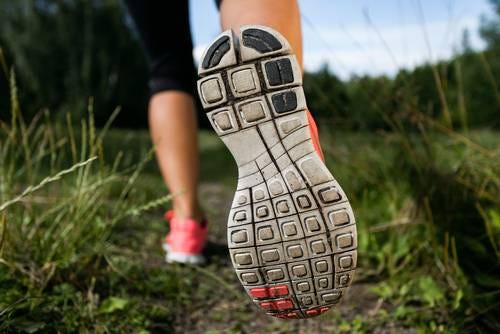Hard-Soled Shoes and Soft-Soled Shoes: Characteristics and Purposes

Hard-soled shoes have a rigid sole made of materials like leather, rubber, or synthetic compounds such as sports footwear, industrial footwear, and safety footwear, among others. They provide strong support and stability to the feet in activities that require enhanced protection, such as hiking, running, or working in hazardous environments. Hard soles distribute the impact of each step, reduce strain, and provide arch support. They may be less flexible and less comfortable for everyday wear.
Soft-soled shoes, on the other hand, are flexible and cushioned. They mimic barefoot walking and offer a natural experience such as indoor sports footwear, infants’ shoes to allow foot development, and dance shoes. Soft-soled shoes are used in yoga or dance, where a range of motion and foot articulation is needed. They are comfortable for casual wear, providing a lightweight and flexible option. They offer less protection and support, especially on uneven or rugged surfaces.
The choice between the two depends on the intended activity, personal preference, and comfort you require to make an informed decision.Put your best foot forward: Schedule a visit with our skilled podiatrist at DeNiel Foot & Ankle Center.
Specific requirements for hard-soled shoes may vary depending on the activity, terrain, and personal preferences, so it’s important to choose the appropriate footwear for your specific needs.Hard-soled shoes are used for activities that require stability, protection, and support.
Here are examples:
- Hard-soled hiking boots provide excellent traction, durability, and ankle support, making them suitable for navigating rugged terrains and protecting the feet from sharp objects.
- Running shoes with a firm sole offer shock absorption, cushioning, and stability, reducing the impact on joints. They enhance performance during high-impact activities like running, sprinting, or sports.
- Sturdy work boots with hard soles protect the feet from heavy objects, potential hazards, and rough surfaces typically encountered in construction sites, factories, or other industrial environments.
- Hard-soled shoes are often used in occupations that require safety measures, such as steel-toed boots for construction workers or reinforced-soled shoes for firefighters and paramedics.
- Climbing shoes feature rigid soles that provide stability and grip on rocks and cliffs, allowing climbers to maintain traction and control while scaling vertical surfaces.
- Military boots are designed with hard soles to withstand demanding conditions, provide support, and protect soldiers during combat or training exercises.
- Martial Arts disciplines, such as karate or taekwondo, require hard-soled shoes to provide stability, traction, and support for kicking and footwork techniques.
Soft-soled shoes are commonly used for activities that prioritize flexibility, foot articulation, and a natural feel.
Here are some examples:
- Yoga socks or flexible ballet flats, are used during yoga or Pilates sessions to provide grip and traction while allowing for a full range of foot movements and maintaining connection with the ground.
- Many dance styles, such as ballet, contemporary, or jazz, require soft-soled shoes that allow for precise footwork, flexibility, and articulation. Dance shoes often have thin and flexible soles to enhance movement and provide better control.
- Indoorsoccer, futsal, or indoor volleyball, utilize soft-soled shoes to provide better traction and maneuverability on indoor court surfaces. These shoes have non-marking soles to protect the playing surface.
- Minimalist Footwearor barefoot shoes mimic the sensation of walking or running barefoot. They have thin and flexible soles, allowing the foot to move naturally and engage the muscles more actively while providing some protection against rough surfaces.
- Soft-soled shoes, such as flats, sandals, or sneakers with flexible soles, can offer comfort and freedom of movement for daily activities, particularly when walking or standing for extended periods.
- Infant and Toddler Shoes should be soft-soled as their feet are still developing. These shoes provide minimal interference with natural foot movements, allowing proper foot development and balance.